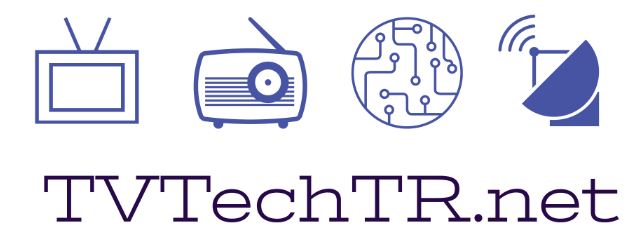Although nearly all countries throughout European has completed analog switch off, Turkey has not yet build Digital Terrestrial Television (DTT) network. First tender will be next week for licensees of national coverage. Regional and local coverage licensees will follow national. Analog terrestrial is said to continue till March 2015. In this post I will try to figure out the affects of this process on TV market in Turkey.
In Turkey cable has a limited network and hence has a little market share. App. there is %8-10 of households receive tv from cable (analog + digital). There is only one cable operator, TURKSAT, which is %100 state owned and operates not only cable but also satellite. TURK TELEKOM, which was previously the telecommunication monopoly of Turkey, has IPTV offer, namely TIVIBU. TIVIBU has not yet reach an important number of customers in market but is growing rapidly. DIGITURK and DSMART are two satellite platforms both of which has also three screen solutions. Analog terrestrial is not so commonly used, it is believed that there are just %15 of households left receiving analog terrestrial.
Some argue that as there are just a few left in terrestrial, there is no need to build DTT network. I think that when DTT network is build and start to operate the number of households receiving tv by DTT will grow rapidly. It is said that DTT will be free of charge, which I believe will be the main reason of people's choice. IPTV offers will change with DTT. I think that set top boxes (STB) of IPTV offers will become DTT + IPTV hybrid boxes. Linear TV will be served through DTT while non-linear through IPTV. If we look at the requirements of the STB of DTT, we see that they are capable of HBB Standards. This may accelerate the growth of IPTV business and some new players can come in scene.
Big players of Turkish TV market, like Dogan and Dogus Groups, started free of charge OTT offers. These, I believe will be combined with DVB-T2 capable Smart TVs. Advertisements put in the non-linear clips will be the main revenue. Since transmitters of DTT will be operated by a state controlled monopoly, TV companies will become just content provides.


Comments
Post a Comment
Comments will appear after approval, which may take time :)